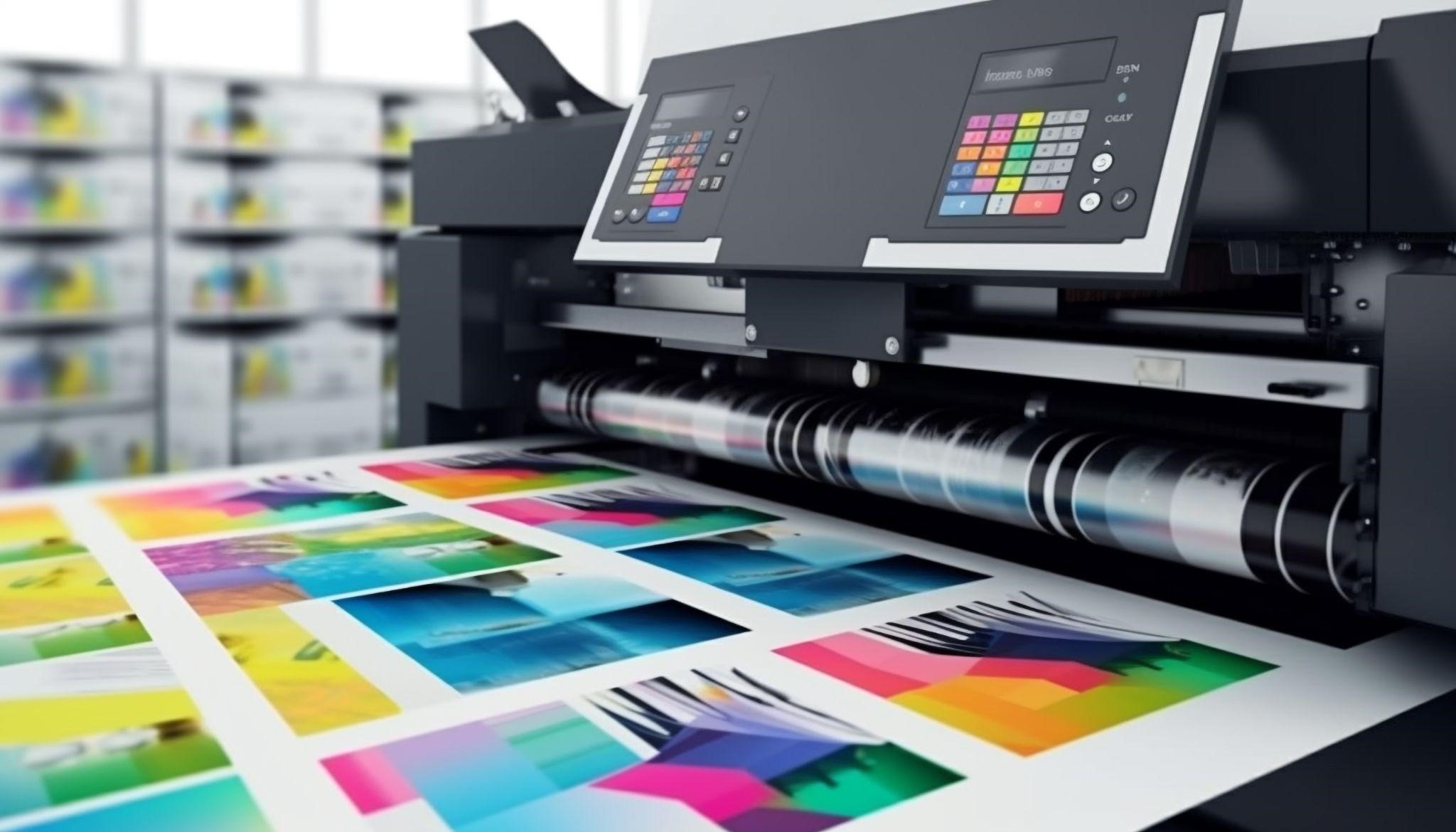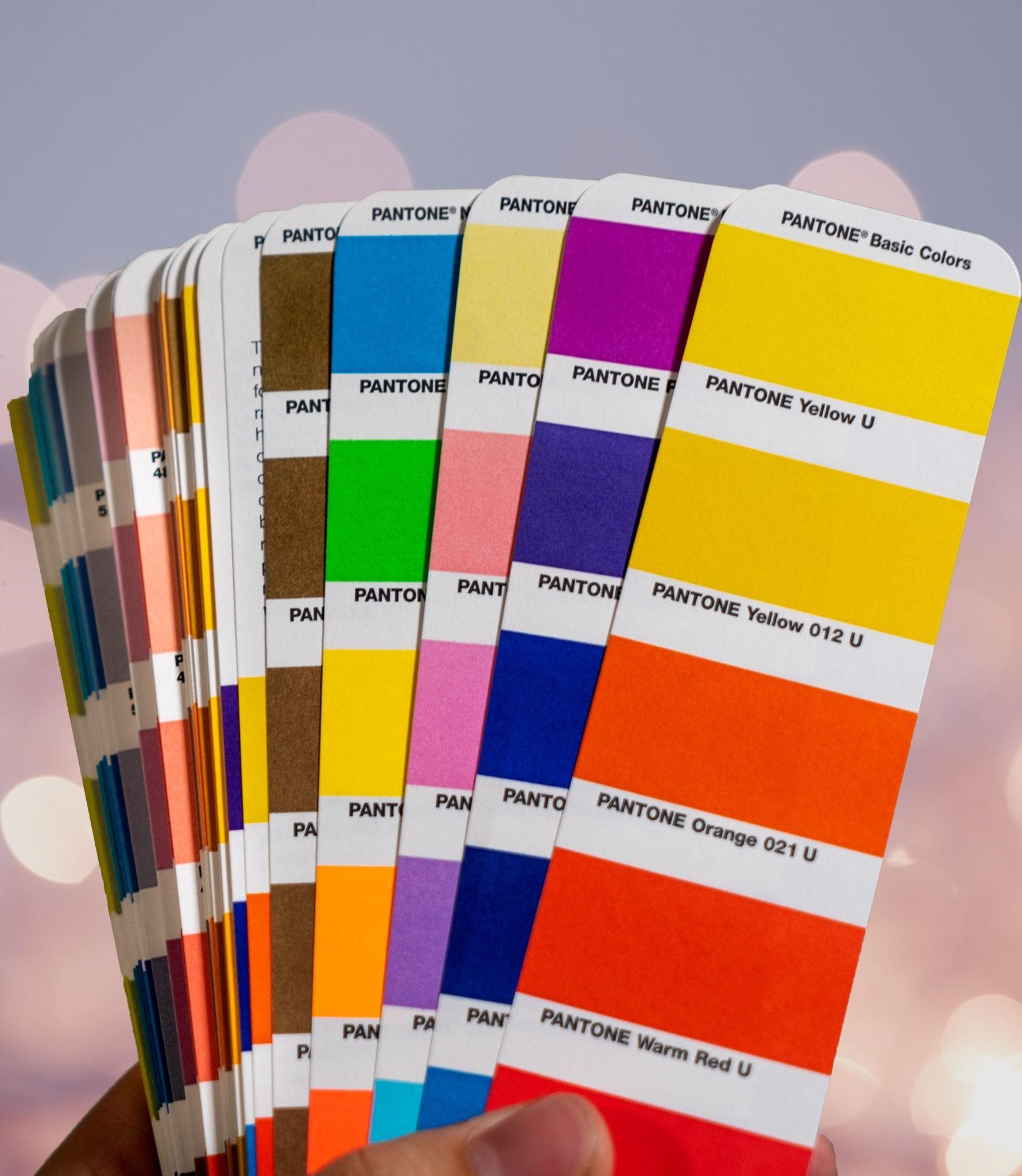What is digital printing? Digital Printing VS Traditional Printing|Comparison and Explanation of 3 Printing Methods
What is digital printing? Digital Printing VS Traditional Printing|Comparison and Explanation of 3 Printing Methods

In today's business world, printing is a crucial technology, such as the production of propaganda leaflets, posters, publishing books, and various business materials. With the advancement of technology, digital printing has become more and more popular in the market, and many printing companies have begun to grow digital printing business in addition to providing traditional printing services. So, what exactly is digital printing? What is special about it compared to traditional printing methods? Let's dive into the similarities and differences between digital printing, traditional printing and other printing methods today!
What is Digital Printing?
Digital printing is a printing technology that has emerged in recent years, which generally refers to printers printing computer files directly on paper or other materials, digitizing part/all of the printing process. Common examples include: laser illumination, remote transmission, digital proofing, computer-to-plate making, digital workflows, printing plant ERP, etc. Compared with traditional printing methods, digital printing simplified the printing process, and completed by computer in real time. Digital printing reduces the threshold of small batch printing, and can even achieve same day pickup, temporary revision and on-demand printing. For low-volume printing and small orders, especially non-commercial customers, digital printing is a very suitable choice. Due to its flexibility, digital printing also allows customers to personalize printing which customers can customize different patterns in the finished product in order to make business cards or brochures.
Offset printing and spot colour printing
Offset printing and spot colour printing are traditional printing methods that differ from digital printing. Offset printing uses lithographic technology to transfer an image from the plate to a blanket and then to the printed material. Although offset printing has incorporated digital technologies such as automatic control and detection, it is still mainly used for mass printing due to the need for re-making and adjusting the printer for each print run. However, the production time is longer than digital printing, and the colour depth of the finished product can be affected by the length of printing time.
Spot colour printing is another form of offset printing that uses a specific ink mixture to achieve accurate colours, making it ideal for printing that requires precise and consistent colours. The ink used in spot colour printing has higher saturation and lower brightness, resulting in richer and fuller colours than standard four-color printing. The PANTONE colour system is the most commonly used standard for spot colour printing, providing a range of nearly 10,000 colours that can be easily communicated between customers and printers. However, spot colour printing can be more costly than four-color printing, especially if a high number of spot colours are required. The added cost is due to the need for additional plates and setup time.

Traditional vs. Digital Printing: What's Better?
There are significant differences between traditional printing methods and digital printing. Traditional printing methods are cost-effective for large quantity printing, while digital printing is suitable for small batch printing because it doesn't require plate making and no fixed costs for multiple colour grading, ink changes, or ink cylinders. Digital printing also has the advantage of quick start and fast delivery, whereas traditional printing methods require time for plate-making and debugging. However, traditional printing methods are capable of achieving highly accurate colour reproduction, whereas digital printing may have a slight colour difference due to different ink technologies and processes.
Apart from traditional and digital printing, there is also plywood printing, which involves integrating printed matter with the same printing conditions to print together, reducing printing costs. This method is suitable for small and medium-sized batch printing and offers advantages like printing speed and cost-effectiveness.
| Offset Printing | Spot colour Printing | Digital Printing | |
|---|---|---|---|
| Price | The cheapest | The most expensive | Cheaper |
| Colour | General usage | The most accurate | General usage |
| Speed | Slower | Slower | The fastest |
| Usage | Leaflets, posters or other general printing materials | Matte colours, Business representative’s colour and so on | General usage |
Conclusion
To summarize, the choice of printing method depends on specific needs. Traditional printing methods like offset and spot colour printing are cost-effective for large quantity printing and offer accurate colour reproduction. Digital printing is flexible, efficient, and suitable for low-volume and personalized printing with fast delivery. Hinge printing is a cost-effective option for small to medium batch printing. Choosing the appropriate printing method based on budget, time requirements, and printing quality considerations can result in high-quality, cost-effective, and demand-appropriate printed works.

